 When I had my first baby I was in college. I had one year left to graduate. However, I didn’t finish, as I needed to put my husband through school. I got a job a couple of blocks from home. When Don graduated, I became a stay-at-home mom for the next fifteen years.
When I had my first baby I was in college. I had one year left to graduate. However, I didn’t finish, as I needed to put my husband through school. I got a job a couple of blocks from home. When Don graduated, I became a stay-at-home mom for the next fifteen years.
During those years I made wedding cakes in my home. I was very good at it, but I never made much money. It was a good thing that I loved it and always covered my expenses. I did other things like cake decorating to bring in money for Christmas and simple vacations. But in reality, despite my entrepreneurial attempts, I was a stay-at-home mom.
When I was forty, I had my seventh child and I decided to finish my degree. I didn’t do any research because my daughter was going to a private school. I applied there and was able to do my degree at a distance. This was before online schools were a thing. The provost was willing to work with me because he had met me and knew my daughter.
Because of the many years, I had been out of school, I had to begin again. Too many of my special ed. credits were too old to count because the field had changed so much. I got my degree in Education where more of my earned credits counted.
When I finished my degree, I decided to work for my Master’s and I did it. It wasn’t easy. I had a small child and five of the other six were still at home. I had very few resources to help me out.
I have often thought that I could have used more information. But this was before the widespread use of computers. I was on my own. And as far as my entrepreneurial attempts, well I really could have used some help. : )
In this short article, Laura Pearson gives some great resource links for moms who want to go back to school and moms who want to be entrepreneurs. Hopefully, if you are thinking about doing either one you will find some help here.
Tips for Stay-at-Home Parents Thinking of Going Back to School
Transitioning from a stay-at-home parent to a student can be challenging. Balancing school,
family life, and the demands of an entirely new lifestyle can feel overwhelming. However,
with a little bit of research, planning, and support, going back to school is possible and can open up new opportunities for your future. Here are tips for stay-at-home parents thinking of going back to school, courtesy of Mary Ann Johnson.
Selecting a Major
One of the most important decisions you will make when transitioning back into the world of
education is choosing a major. It’s best to do some research on what options are available
before committing to one area of study. Consider what interests you, what skills you have
and want to develop, and which areas offer potential jobs or business opportunities after
graduation. Taking an aptitude test or speaking with a career advisor can help you narrow
down your choices.
Scholarship Hunting
Going back to school as an adult can be expensive, so finding scholarships to cover tuition is a great idea. Need-based grants and scholarships offered by private foundations and organizations dedicated to helping adults return to college are often available. Researching scholarship options from various sources is a great way to minimize the financial burden of returning to school.
Attending Classes Online
If you’re not able to attend classes in person due to family commitments, there are plenty of
online courses available at many universities and colleges which allow you flexibility in
studying so that it works for your schedule. Most online courses include lectures, videos, and
written materials that you can access remotely on your computer, allowing you more control
over your learning experience.
Courses to Get You Ready for Business
One advantage of returning to school as an adult is that you have life experience under your belt that could prove invaluable to starting a business. Look into courses that support starting a business. This would give you useful, real-world knowledge that would help you launch your own venture.
Setting Up a New Business
If you’re looking into starting up a business while studying, then there’s no doubt about it — it’s going to be tough. But with discipline and good time management skills, both tasks can be achieved together if done right.
Once you’ve started your business, the next step is to advertise! You should spread the
word via social media, of course, but if you’re looking to make your own business cards, this is a great way to supplement your digital advertising and provide a more tactile reminder to potential customers. And best of all, you can take advantage of various templates and customize them for free.
Going back to school after being away from the educational system for many years can be daunting, but it doesn’t have to be impossible. Careful planning and research, plus finding scholarships and good time management, can make a big difference to stay-at-home parents looking to further their education prospects and career success in the future.
Mary Ann Johnson is here to help parents find peace in a hectic world. If you have any questions, she’d love to hear from you!
Image via Pexels
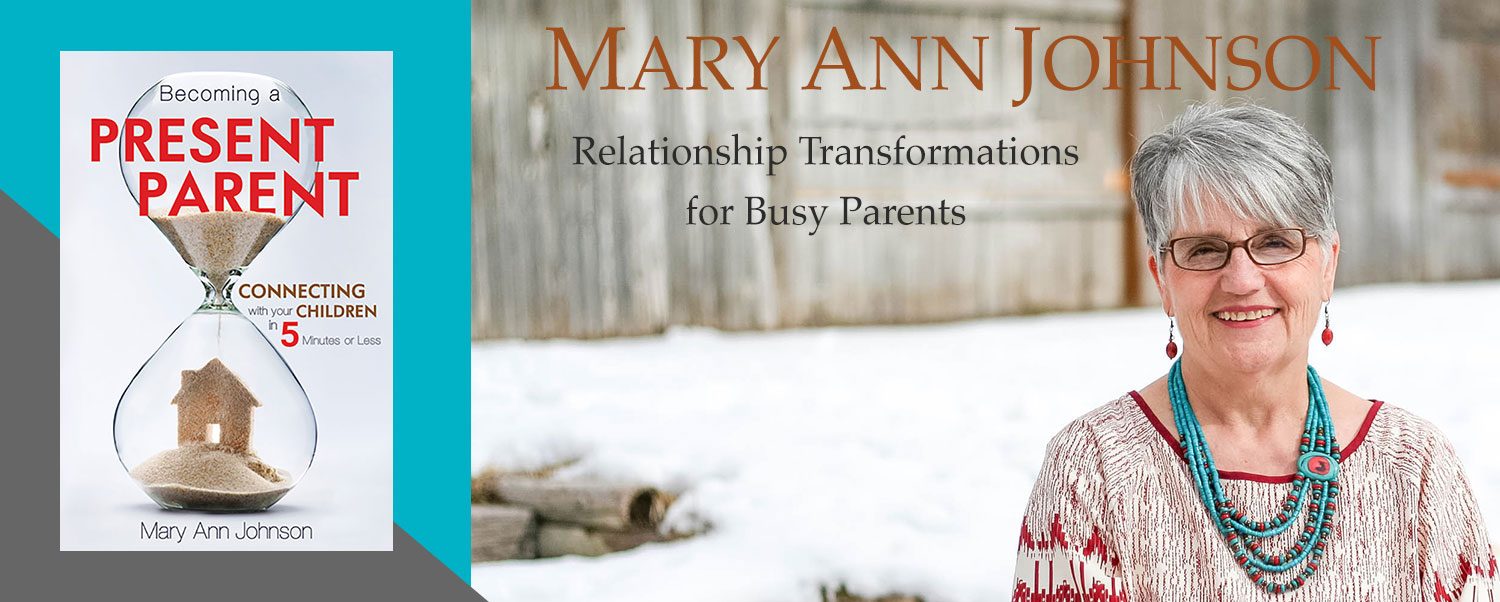


 Understanding truth changes lives
Understanding truth changes lives


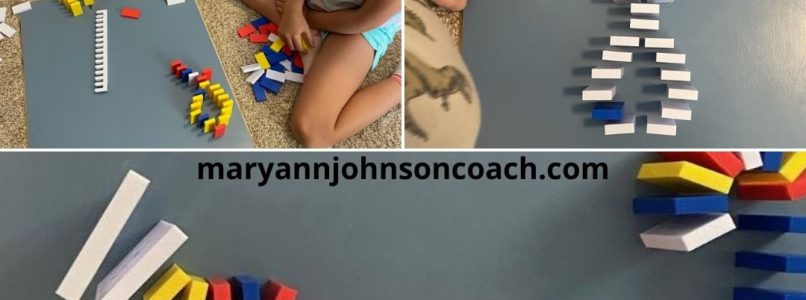
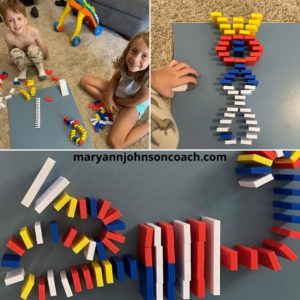 I have talked about children’s ‘SPARKS’ in numerous articles and in my book,
I have talked about children’s ‘SPARKS’ in numerous articles and in my book, 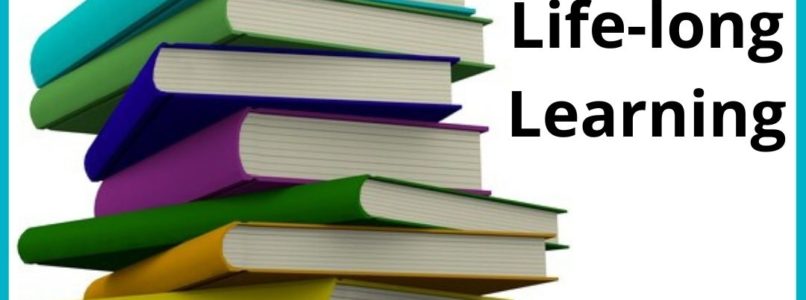
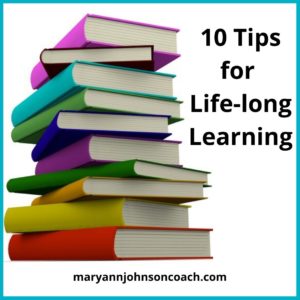 For many families, school has begun in earnest. Whether you are using the public system, a private system, or homeschooling, September usually means we are deep into it. Some years back, I wrote an article about how to help children remain lifelong learners, to become lovers of learning.
For many families, school has begun in earnest. Whether you are using the public system, a private system, or homeschooling, September usually means we are deep into it. Some years back, I wrote an article about how to help children remain lifelong learners, to become lovers of learning.
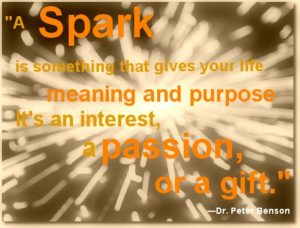 In our district, kids are going back to school only two days a week. WHAT!!
In our district, kids are going back to school only two days a week. WHAT!!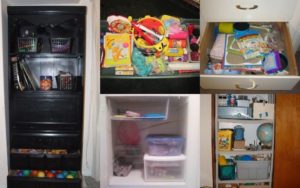 dresser, or any other place you can put new items to share with your children. It’s not the same as a storage space where you keep your learning materials, books, and craft items. Its purpose is to create a time and place when your children will be exposed to new and exciting ideas or be able to engage in things that already interest them, and where parents connect with their kids. It’s a time and space where both adults and kids can share what they feel joy or passion in, and what interests them, their SPARKS. I’ll share information on how powerful SPARKS can be.
dresser, or any other place you can put new items to share with your children. It’s not the same as a storage space where you keep your learning materials, books, and craft items. Its purpose is to create a time and place when your children will be exposed to new and exciting ideas or be able to engage in things that already interest them, and where parents connect with their kids. It’s a time and space where both adults and kids can share what they feel joy or passion in, and what interests them, their SPARKS. I’ll share information on how powerful SPARKS can be.
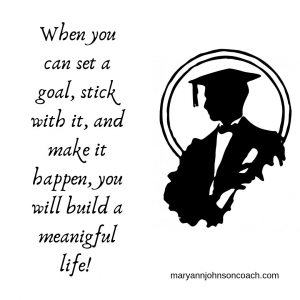
 decided to make a change. It wasn’t easy because of the past. People weren’t sure they could trust him and so they didn’t want to risk giving him a chance. He just kept looking and eventually, he found a man and a company that employed him.
decided to make a change. It wasn’t easy because of the past. People weren’t sure they could trust him and so they didn’t want to risk giving him a chance. He just kept looking and eventually, he found a man and a company that employed him. 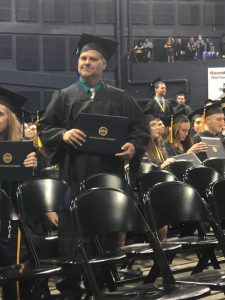 education or the degree that thrills me. It’s that he was kind to himself, trusted himself, set a goal and then accomplished it.
education or the degree that thrills me. It’s that he was kind to himself, trusted himself, set a goal and then accomplished it.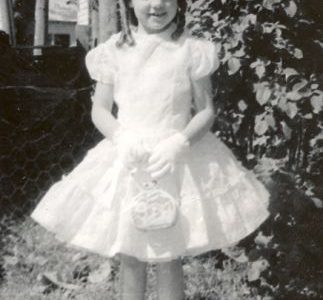
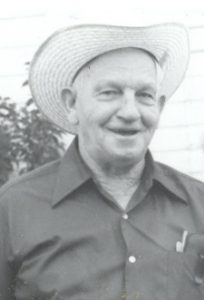
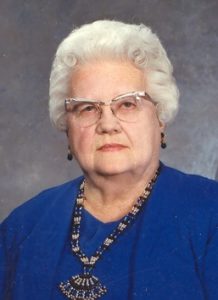
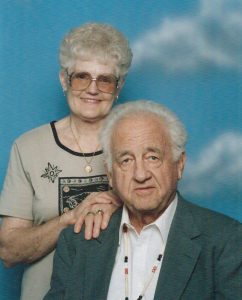
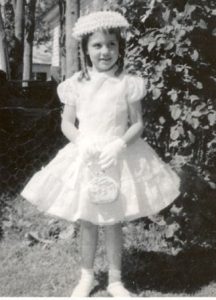
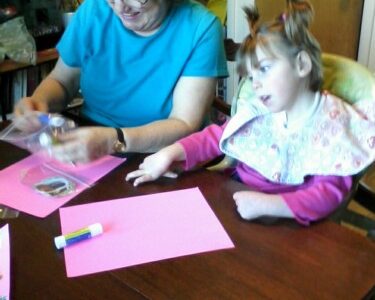
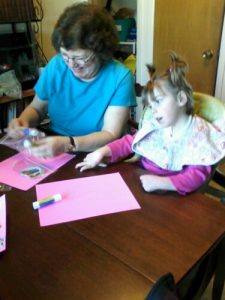
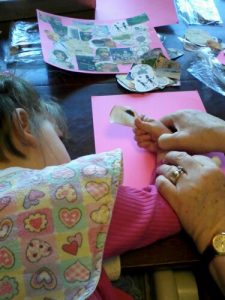
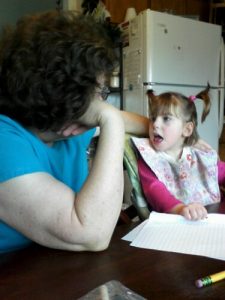
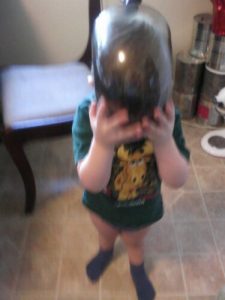
 Of course, they ended their “m” session by eating marshmallows. Maggie enjoyed that the most!
Of course, they ended their “m” session by eating marshmallows. Maggie enjoyed that the most!